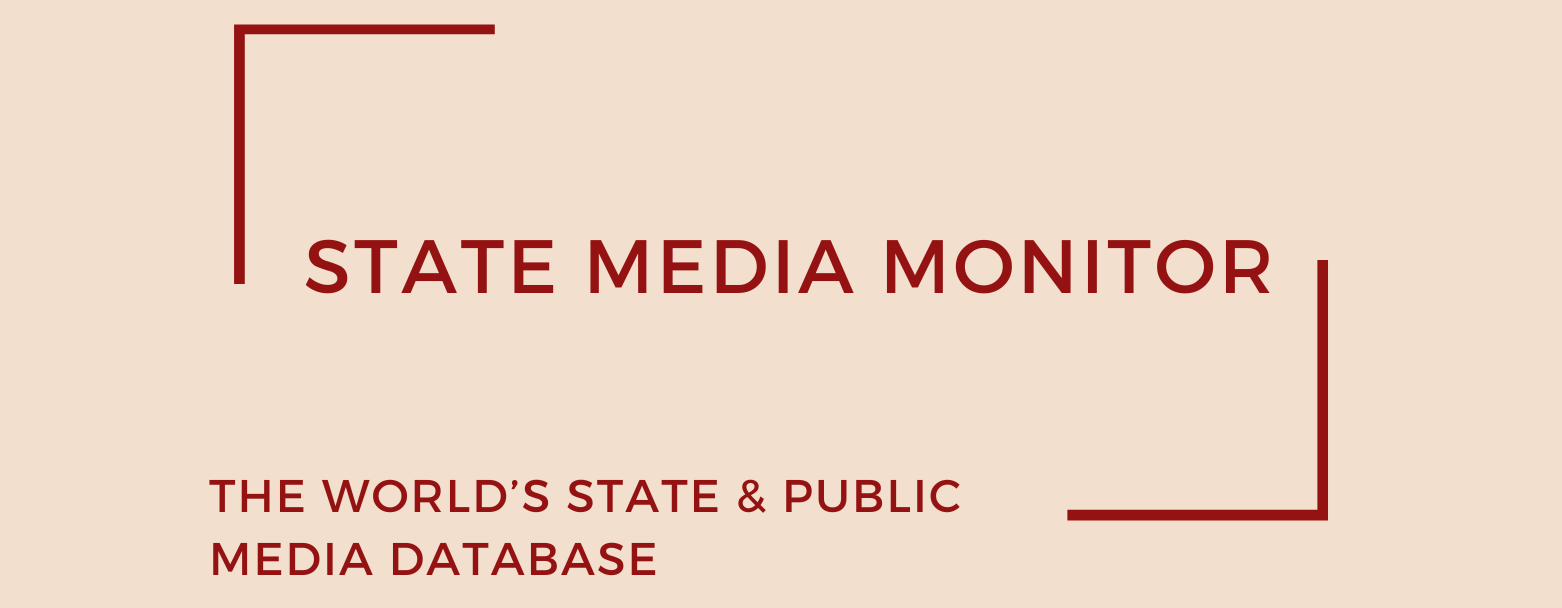Kenya News Agency (KNA)
Kenya News Agency (KNA), established in 1963, was founded with a nation-building mission at the dawn of Kenya’s independence. As the country’s oldest official news service, KNA has long served as the state’s primary mouthpiece, chronicling government policy, programs, and national initiatives.
Media assets
News agency: Kenya News Agency (KNA)
State Media Matrix Typology
Ownership and governance
KNA operates as a state-run entity under the Department of Information, within the Ministry of Information, Communications, and the Digital Economy. The agency’s leadership is appointed by the Ministry and typically drawn from long-serving civil servants with a background in government communications. Its bureaucratic structure mirrors that of a traditional public service department, with editorial direction heavily shaped by political hierarchies.
In October 2023, Joseph Kipkoech was appointed as the new Director of Information—a move initially hailed as a potential turning point for KNA. Kipkoech publicly pledged to modernize the agency, aspiring to bring it on par with global newswires in both infrastructure and editorial practices. However, as of mid-2025, these ambitions have yet to materialize into substantive reform. Journalists interviewed in March 2024 and May 2025 confirmed that KNA continues to lack editorial autonomy, with its operations firmly tethered to government narratives.
Source of funding and budget
KNA is entirely funded by the exchequer, receiving its annual budget allocation through Parliamentary appropriation. The agency does not generate independent revenue and is not commercially operated. While no official figures are publicly disclosed, interviews with media experts and government insiders suggest that KNA’s funding is bundled under broader allocations to the Ministry of Information.
In 2025, amidst tighter national budgets and public spending reforms, there has been growing scrutiny over state-funded media. KNA has not been earmarked for significant increases in funding and receives no development financing, raising questions about the viability of its promised modernization drive.
Editorial independence
Despite its public mandate, KNA operates at the beck and call of the state, prioritizing the dissemination of official statements and promoting government-led initiatives. While its mission is ostensibly to inform the public, in practice, the agency acts as an amplifier of government messaging, frequently framing state actions in a positive light and avoiding coverage of dissenting voices.
Although KNA’s founding legislation alludes to the importance of balanced reporting, no statute explicitly guarantees editorial independence, and no independent oversight body exists to monitor its journalistic standards. The absence of such safeguards has entrenched systemic self-censorship and contributed to the agency’s perception as a government echo chamber rather than a robust public information service.
June 2025
Citation (cite the article/profile as part of):
Dragomir, M. (2025). State Media Monitor Global Dataset 2025.
Media and Journalism Research Center (MJRC).
Zenodo.
https://doi.org/10.5281/zenodo.17219015
This article/profile is part of the State Media Monitor Global Dataset 2025, a continuously updated dataset published by the Media and Journalism Research Center (MJRC).
